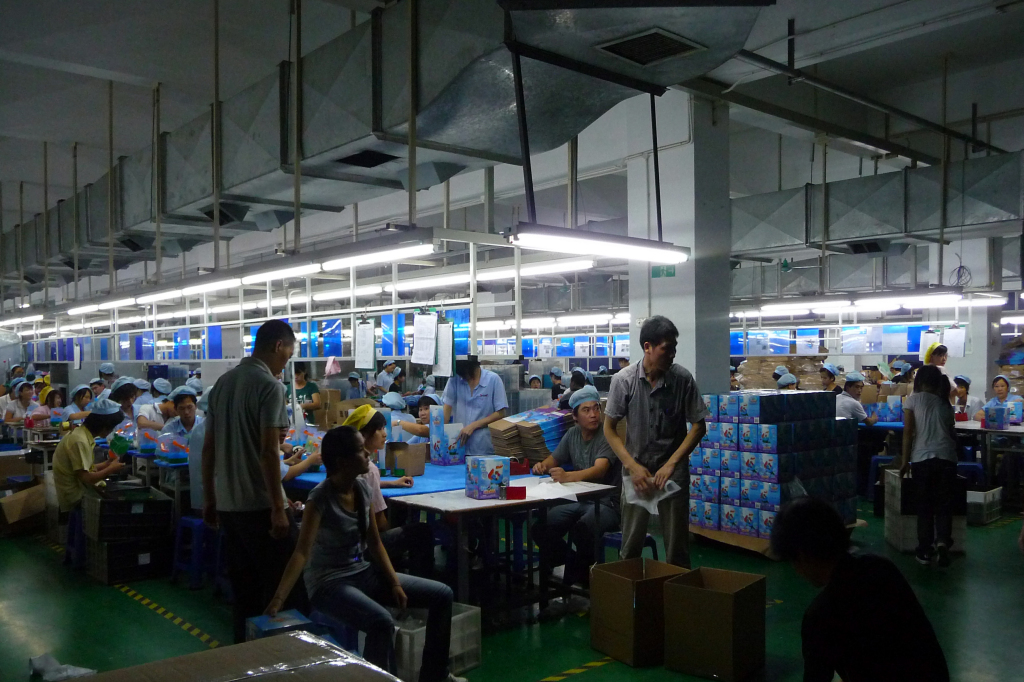Trade agreements are reshaping the global sourcing landscape—especially in Asia. For businesses looking to reduce costs, access new markets, or diversify production away from China, understanding the impact of trade agreements on sourcing in Asia is critical. Countries across Southeast and South Asia are part of regional and bilateral trade deals that offer reduced tariffs, simplified customs procedures, and favorable treatment for foreign investors. These agreements directly impact where and how companies source their products.
In this blog, we’ll explore the most important trade agreements in the region and explain how they influence sourcing decisions in countries like Vietnam, India, Thailand, and Indonesia.
Why Trade Agreements Matter in Global Sourcing
Trade agreements reduce or eliminate tariffs, open up new markets, and create uniform standards that simplify doing business internationally. For sourcing operations, they can:
- Lower import/export costs
- Speed up customs clearance
- Encourage foreign direct investment (FDI)
- Make non-China countries more competitive
These benefits are especially relevant as businesses implement China+1 strategies, moving manufacturing capacity into neighboring Asian countries. The impact of trade agreements on sourcing in Asia continues to grow as more countries become part of regional and bilateral partnerships.
Key Trade Agreements Affecting Sourcing in Asia
1. RCEP – Regional Comprehensive Economic Partnership
- Members: China, Japan, South Korea, Australia, New Zealand, and all 10 ASEAN countries.
- Launched: January 1, 2022.
- Coverage: 30% of global GDP and 28% of global trade.
Why it matters: RCEP is the world’s largest trade agreement. It simplifies trade rules, eliminates tariffs on 91% of goods over time, and allows for cumulative rules of origin—meaning components sourced from any member country count toward tariff-free access.
Impact on sourcing in Asia: Companies can now set up operations in Vietnam or Thailand and still take advantage of trade benefits with partners like Japan or Australia. This increases flexibility and efficiency in multi-country supply chains.
More info: RCEP agreement highlights
2. CPTPP – Comprehensive and Progressive Agreement for Trans-Pacific Partnership
- Members: Vietnam, Malaysia, Japan, Australia, Canada, Mexico, Singapore, New Zealand, Chile, Peru, and Brunei.
- Launched: December 2018.
- Coverage: 13.4% of global GDP.
Why it matters: CPTPP goes beyond tariff cuts—it includes provisions on intellectual property, labor standards, and environmental protection. It also removes nearly 99% of tariffs among members.
Impact of this trade agreement on sourcing in Asia: Vietnam, a key CPTPP member, has become a strategic location for businesses targeting Western markets. Products made in Vietnam can enter Canada, Japan, and Australia with low or no tariffs, making it an ideal base for global export operations.
More info: CPTPP text
3. India-ASEAN Free Trade Agreement (AIFTA)
- Members: India and 10 ASEAN countries.
- Launched: 2010 (Goods), 2015 (Services & Investment).
Why it matters: This agreement enables tariff concessions on over 90% of traded products between India and ASEAN nations like Vietnam, Thailand, and Indonesia.
Impact on sourcing operations in Asia: Manufacturers in India can import raw materials from ASEAN partners at reduced costs and export finished goods more competitively. It also enhances cross-border manufacturing collaboration, giving flexibility to supply chains spread across India and Southeast Asia.
More info: AIFTA official site
4. Bilateral FTAs: Vietnam-EU and India-UAE
Vietnam – European Union FTA (EVFTA)
- Entered into force in 2020.
- Eliminates 99% of tariffs on goods traded between Vietnam and EU.
Sourcing benefit: Ideal for companies manufacturing in Vietnam and exporting to Europe.
India – UAE Comprehensive Economic Partnership Agreement (CEPA)
- Signed in 2022.
- Eliminates duties on 90% of Indian exports to the UAE.
Sourcing benefit: Strengthens India’s role as a supplier to the Middle East and North Africa region.
Strategic Implications of Trade Agreements on Sourcing in Asia
1. Choose Sourcing Locations That Maximize Trade Access
By leveraging trade agreements, you can reduce tariffs and expand your reach. For example:
- Set up production in Vietnam to target both CPTPP and EU markets.
- Source components from India or ASEAN countries to qualify for RCEP benefits.
2. Use Cumulative Rules of Origin
Under RCEP, sourcing inputs from multiple countries in the agreement still qualifies for tariff-free export—encouraging multi-country supply chains.
3. Avoid Tariff Risks in China
Trade deals make Vietnam, India, and Thailand more attractive amid ongoing US-China tariffs. Sourcing outside China can improve both cost structure and risk resilience.
4. Work with Sourcing Experts
Trade agreements are complex. A trusted sourcing company like C2W Group helps navigate these regulations, identify ideal suppliers, and optimize cost-saving opportunities—especially when understanding the full impact of trade agreements on sourcing in Asia.
Final Thoughts
Trade agreements are changing the rules of global manufacturing—and Asia is at the center of this transformation. Businesses that understand and leverage these agreements can gain cost, speed, and access advantages that competitors miss. The impact of trade agreements on sourcing in Asia will continue to shape global supply chains for the next decade.
Ready to optimize your sourcing strategy in Asia?
Contact C2W to explore strategic sourcing opportunities in Vietnam, India, and beyond.

